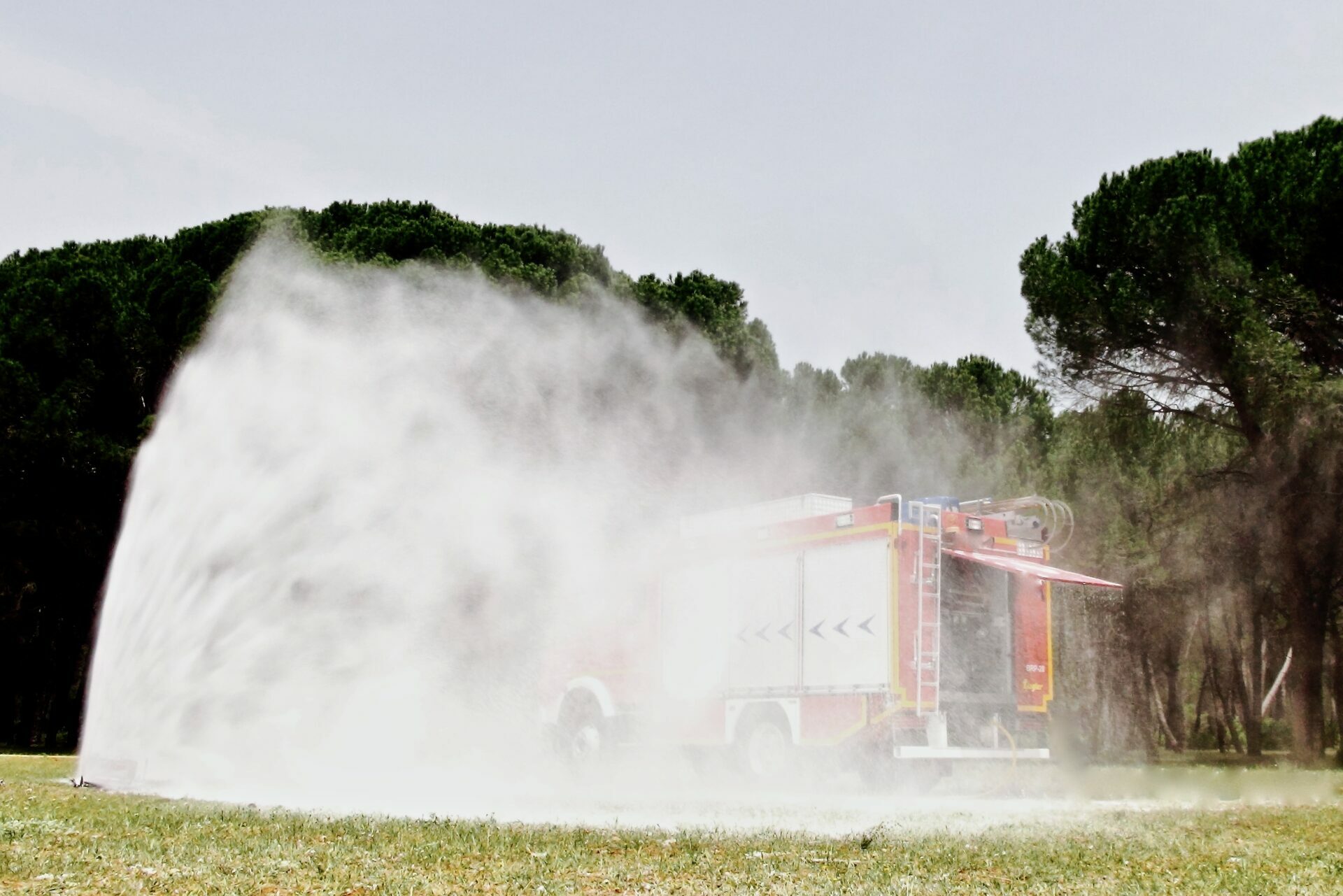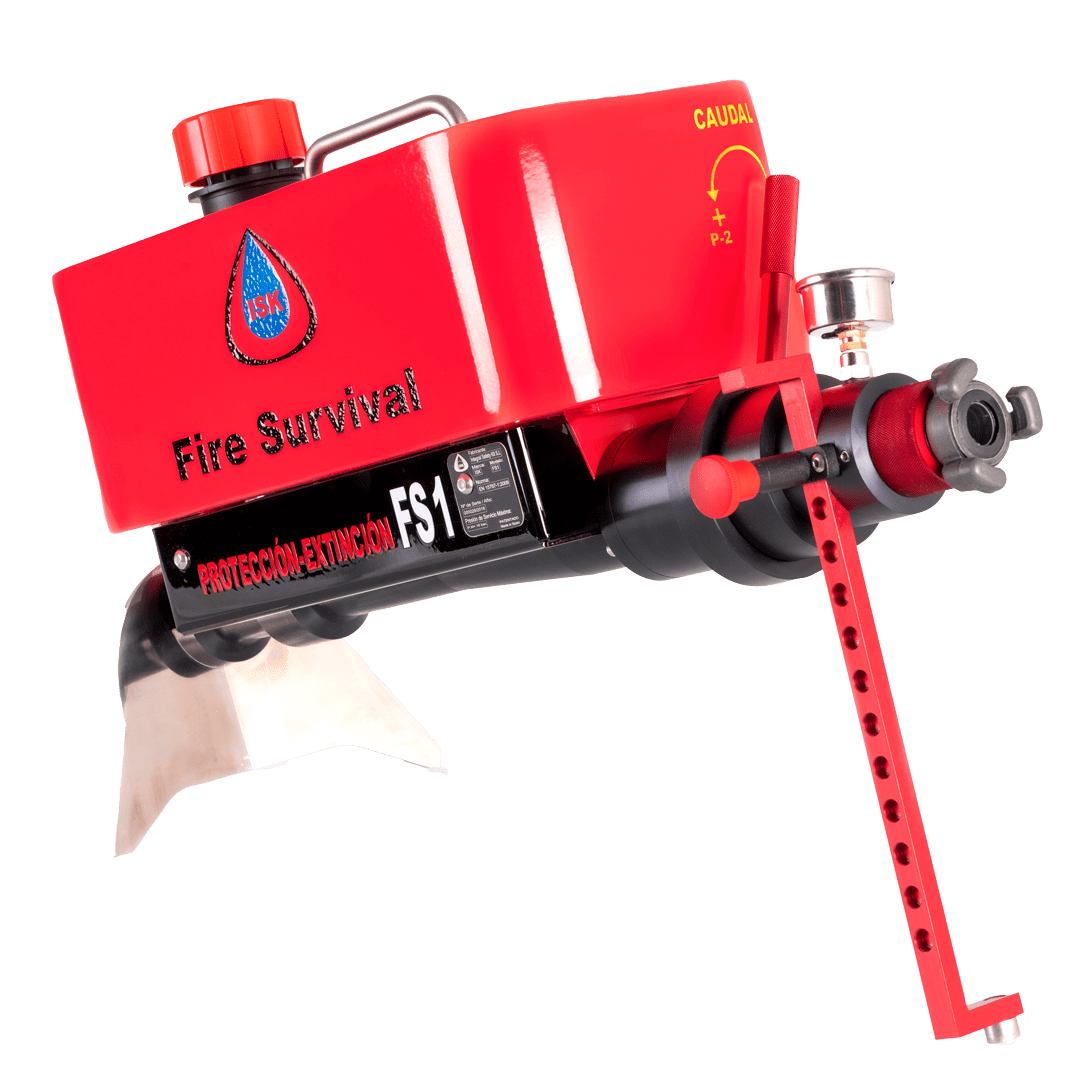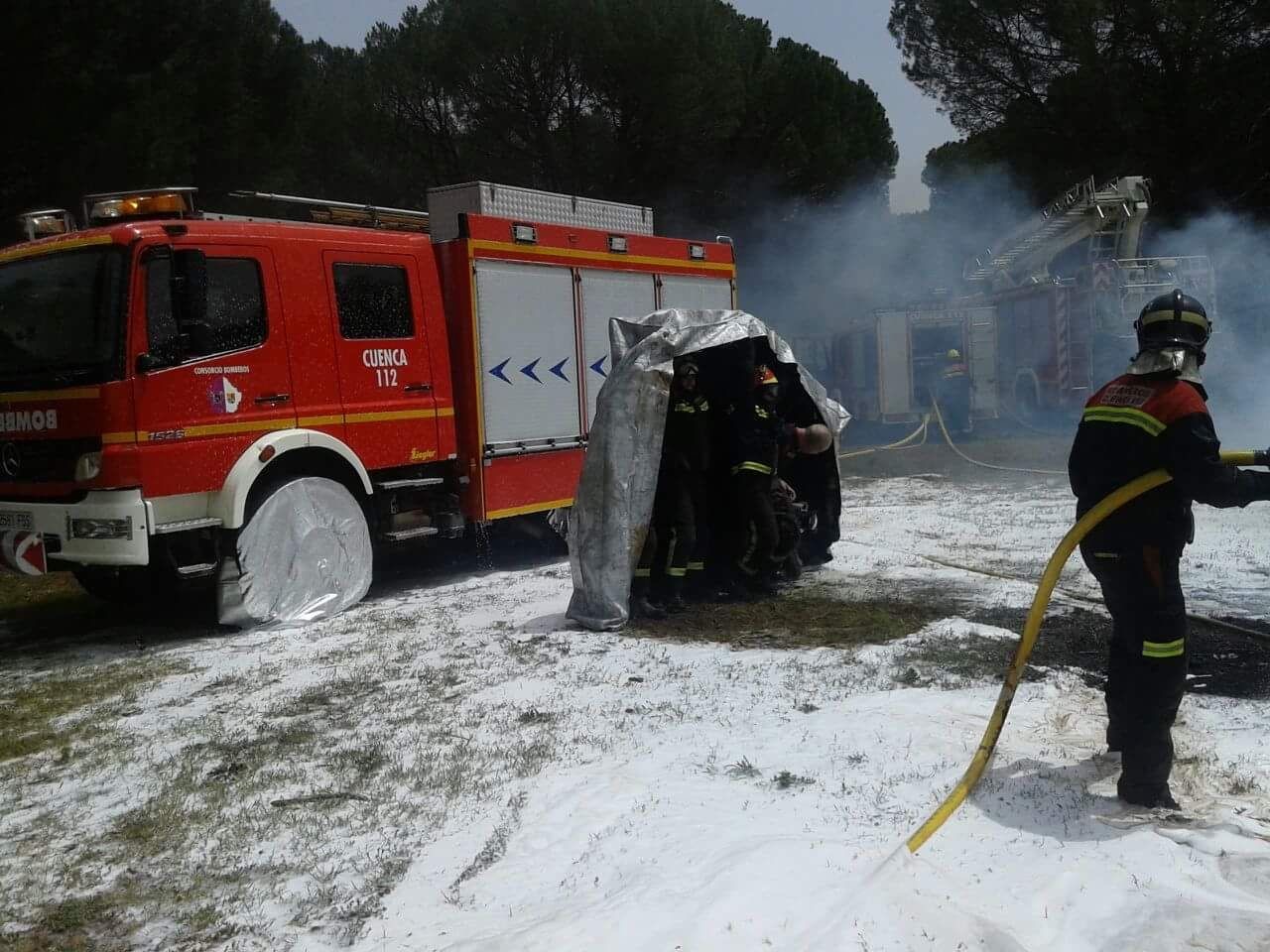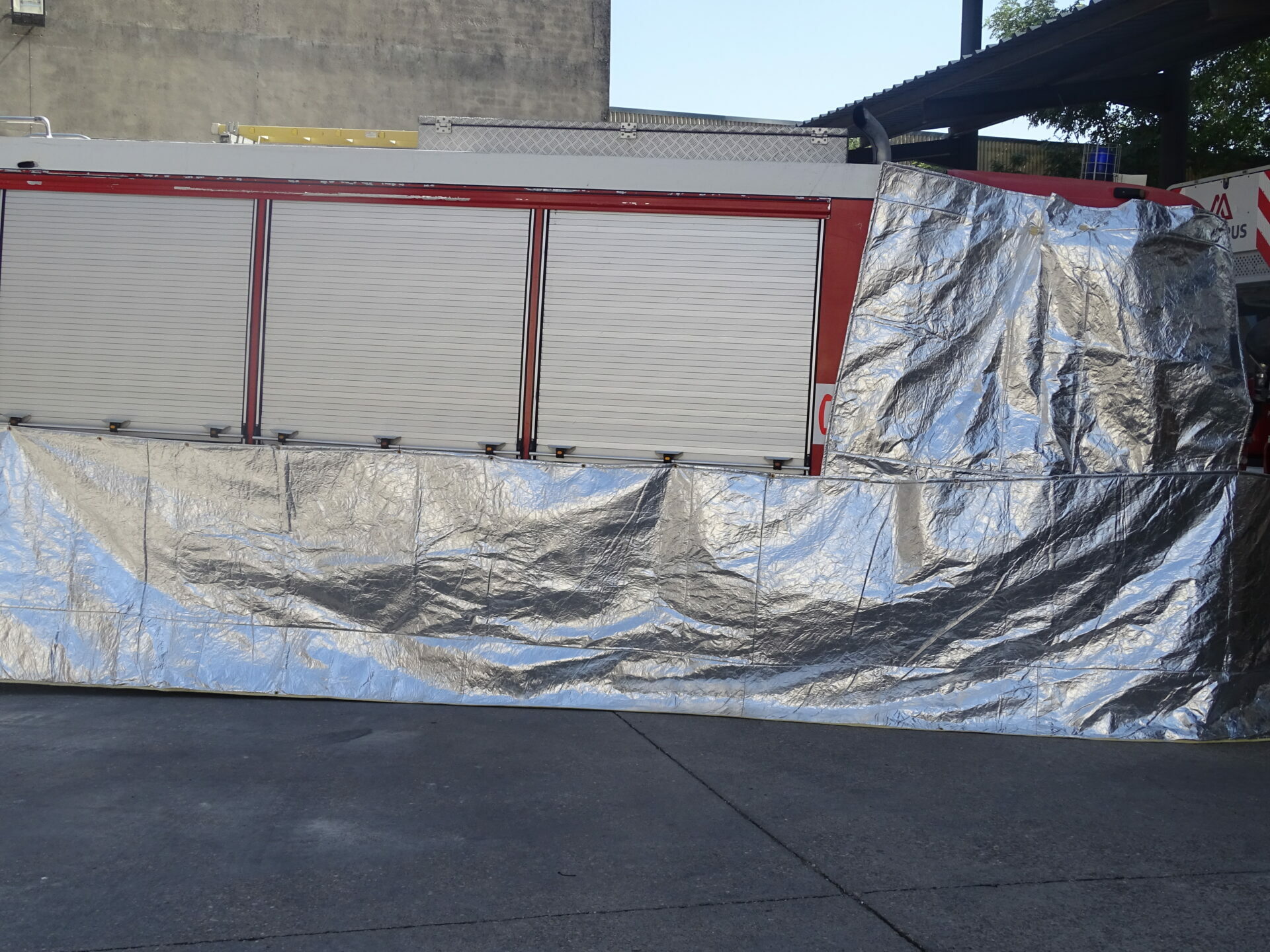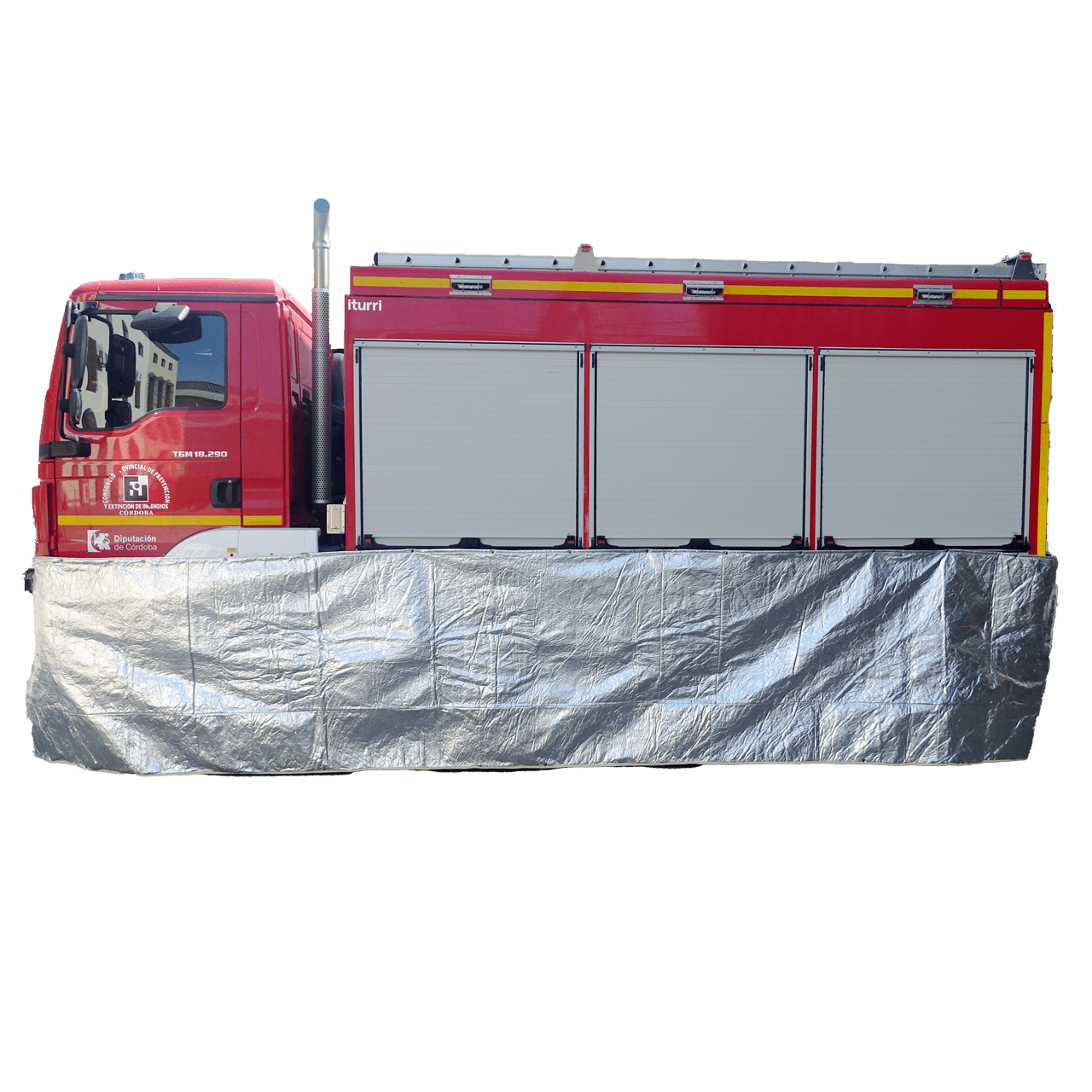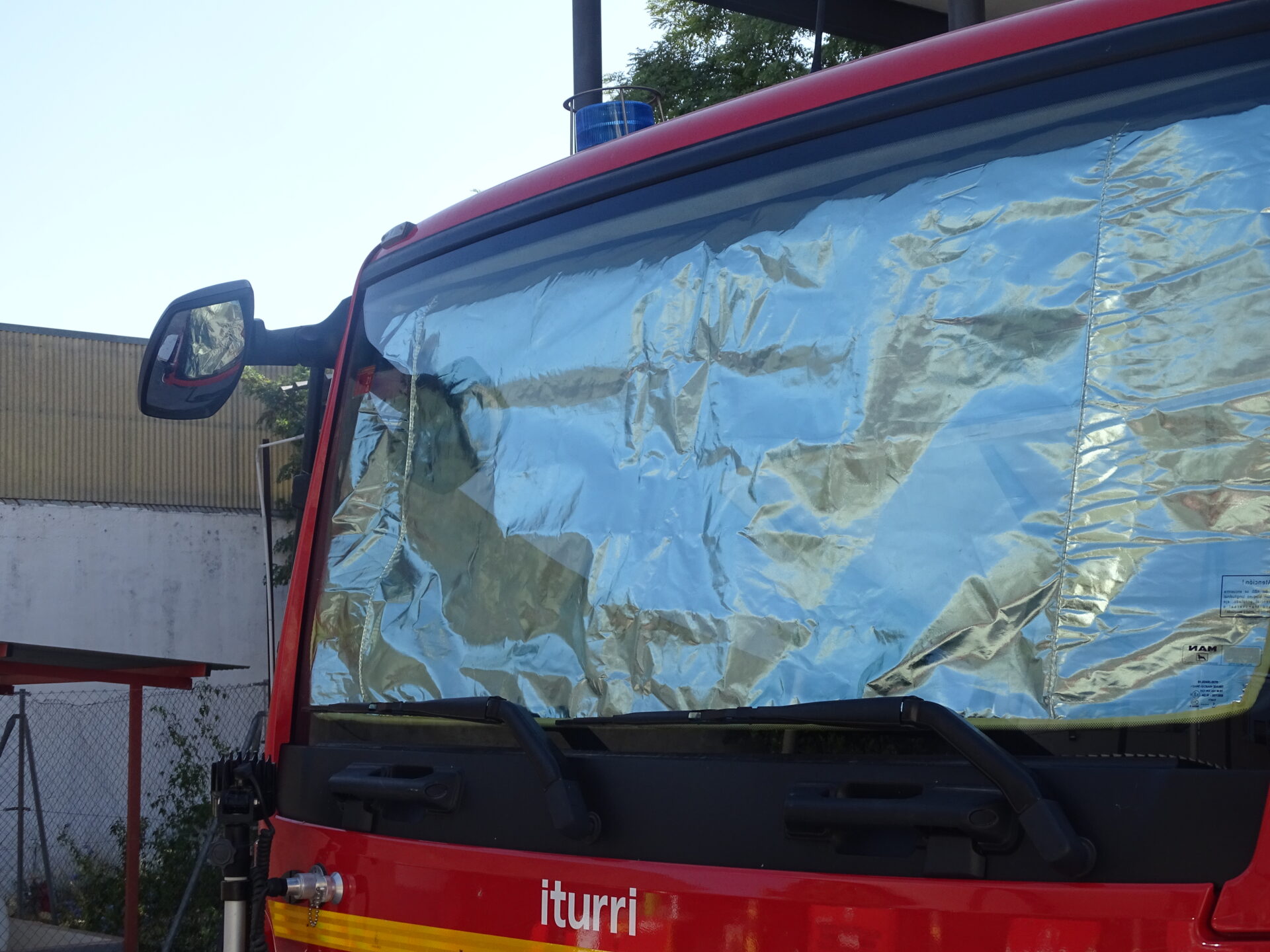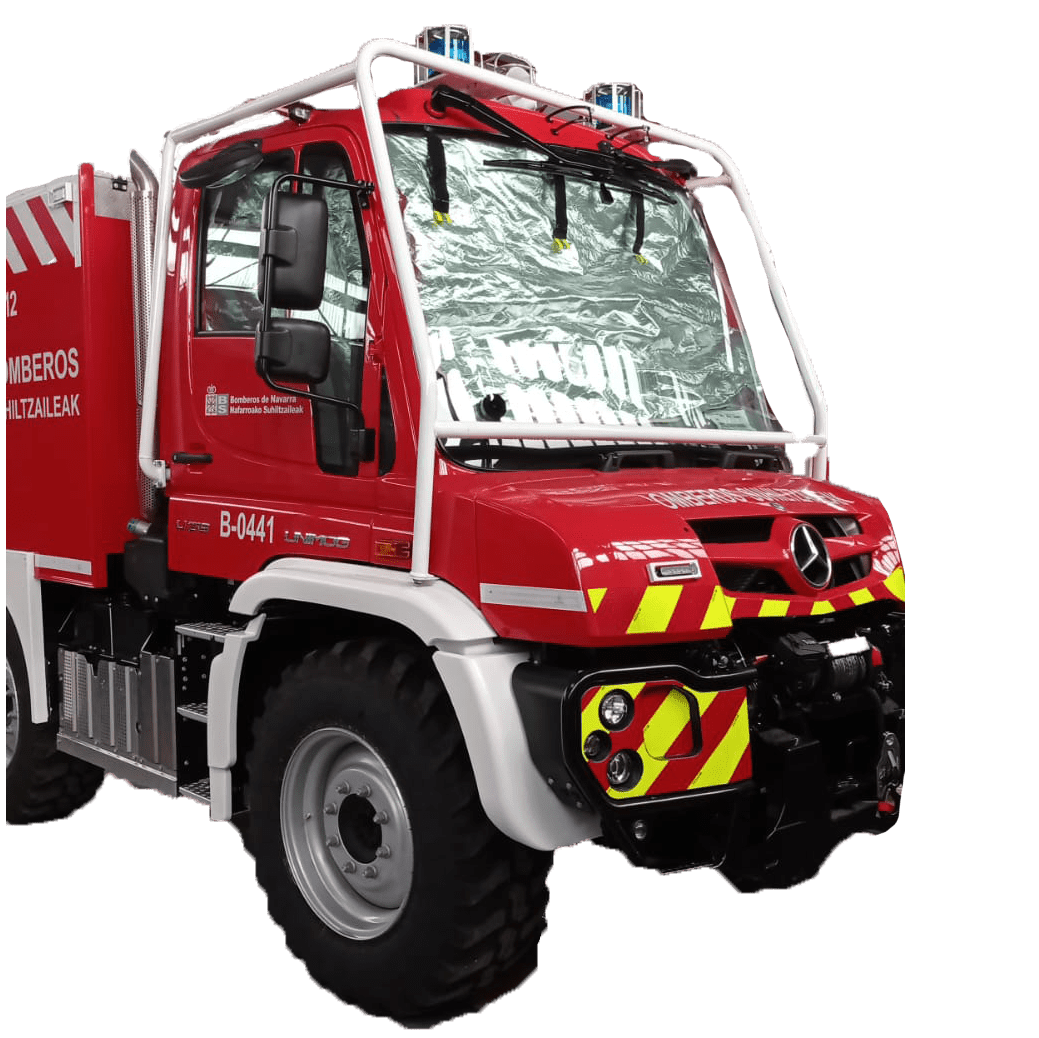It is used in interventions related to the protection of people or property, that may be threatened by fire, as well as an element of special interest to help establish and promote the protection, extinction and safety of personnel involved in all those operations of extinction and rescue that imply an imminent risk or threat to combatant personnel. This, combined with its adaptation ability to the different sources of water supply (fixed-mobile), coming from boost systems and firefighting networks, such as extinguishing vehicles, motor pumps, etc; make it a device with applications in different sectors and users.
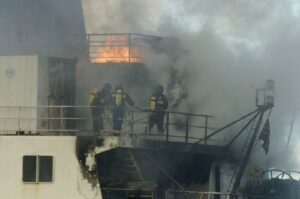
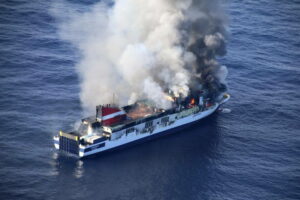
Warships, freight and passenger transport
- Warships, freight and passenger transport.
- It acts as a preventive measure in the dispersion of the gas cloud generated during the transport of liquefied gases, preventing the gas from being expelled to the outside by overpressure, in the storage tanks, entering its flammability range.
- It establishes the protection of personnel assigned to the internal security of the ship, during the work of extinction, in the presence of dangerous goods.
- It establishes evacuation routes, acts in the extinction and confinement avoiding the propagation of gases and temperature towards the rest of compartments.
- It acts as collective protection equipment on ships destined for passenger transport.
- Possibility of connection to existing pressure pumps and fire installations on the ship.
- Protection device in areas of special risk, weapons storage, explosives and fuels.
